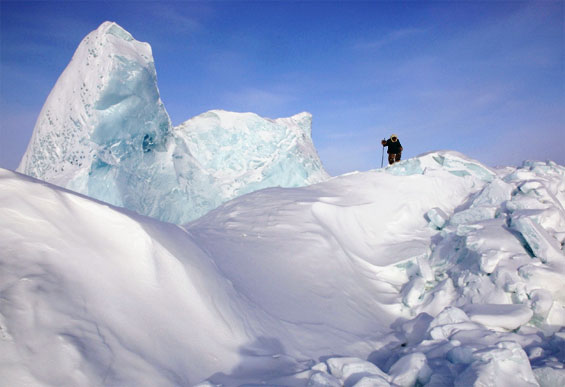
One-woman film crew Dianne Whelan talks about shooting on Everest and in the Canadian Arctic
One-woman film crew Dianne Whelan talks about shooting on Everest and in the Canadian Arctic
I told you earlier this week I’d try to get Dianne Whelan on the phone to pick her brains about making This Land, her great Arctic documentary, and talk about what she’s been up to since. Well, a promise is a promise, guys. I spoke to Dianne yesterday, from her home in Garden Bay near Pender Harbour, British Columbia, an 8-acre property she said she moved into 10 years ago “to find balance.” (“I realized I had all this post-secondary education but didn’t know how to grow a carrot,” she said.) Dianne was in the middle of intense post-production work on her upcoming documentary when I called but she graciously took an hour away from the computer screen to answer a couple questions. Here is some of what we chatted about.
This Land, Dianne Whelan, provided by the National Film Board of Canada
Carolyne Weldon: What’s your background? Where does your interest in the Arctic come from?
Dianne Whelan: I was a photographer for almost 2 decades before I got into filmmaking and the Arctic, aside from the fact it covers 40% of our country always appealed to me. Photography is the study of light, and the Arctic is the quintessential black & white subject. Then 6 years ago I went to film school, at Capilano University. One day I was at the Whistler Film Festival and I saw a cinematographer [Dave Henningson] try to pitch a film he’d shot up North. He didn’t really have a story, and the pitch wasn’t successful. But his images of rangers inspired me. “I have to go up there,” I told myself.
I spoke to him after his pitch and asked him if he’d like to collaborate on a story. He said he was done and wanted nothing more to do with that project, that he’d spent enough money and time into it as it was. That was December. I found out from military people in Yellowknife that the next Sovereignty Patrol was leaving for the high Arctic in March. I called to ask if I could embed as a media person and shoot a documentary. They said no. They told me that if I got to go, I’d be taking the place of someone who’d been training and waiting for 20 years. I didn’t give up. I told them it would be silly to spend so much taxpayer money on a flag-planting expedition that no one could see. I told them I could sell news footage for TV, and write a magazine piece, all on top of trying to shoot this documentary that no one believed could actually get done under the circumstances of the expedition.
They eventually said yes. I passed the army tests. Dave – who’d changed his mind and was on board in the end – was supposed to come on the ice with me but he ended up having to stay at the camp, in Resolute. So this is how I ended up going on this patrol by myself, a one-woman film crew on a snowmobile, hauling 2000 lb of gear.
CW: And you did shoot the doc! From a filmmaker’s perspective, what was the biggest challenge you faced on the ice?
DW: Definitely the technical difficulties of trying to shoot a film. I was shooting in HD, I had a laptop, batteries. A 4-hour battery lasts 3 minutes in -40 degrees weather, and that’s with putting batteries in places on your body where you should never have to put batteries. There was also the logistics of trying to shoot a film on a patrol that never stops. We were travelling 100-200 km per day. In order to get shots around camp, in the morning, I’d have to forego breakfast and be all packed up and ready to leave so as not to hold people up. At other times I had to pull back and let the group go, to get different shots.
It’s really physically demanding. As a woman, you get respect for being able to pull your own. By the end, the rangers were like “Holy crap. This chick is OK. She’s going to make it.” Twenty miles from the end I totally snapped though. We got hit by a hurricane and what we thought would take 1 hour took 18 hours. I got separated from the group, rolled my snowmachine. At one point I just left everything and started walking. Another member found me, happily, and walked me back to my sled and we made it. I would’ve walked myself to sure death. I just snapped.
CW: And what about the group you were traveling with? How did that go?
DW: At the beginning I definitely felt like an outsider. Like I was filming this group from a distance, as an observer. But as things progressed, I got closer to them and my perspective became more subjective. It came from a series of ethical questions. When a ranger rolled his machine – and even the most experienced rangers rolled their machines everyday – and got pinned under, I didn’t grab my camera and start shooting. I ran over to help. In filmmaking it is always perceived as a big no-no, getting close to your subjects. But at the same time I was able to capture all of those intimate vérité moments because I was close.
CW: Did you notice signs of global warming when you were up there? Anything especially troubling?
DW: First of all I think it’s more appropriate to be talking about climate change than global warming. It’s less confusing. But yes, especially through talking to Inuit people who have lived in the region for generations. I learned a lot too, like the fact that the ice melts from the bottom up, and not the other way around. We hear all this stuff about the glaciers melting, and we supposed it’s from the action of the sun. Turns out it’s the ocean warming and melting the ice, not the sun. I don’t set out to make climate change films. But it so happens that this is what is happening right now, what people are talking about. It’s a sign of the times. A lot of these same themes come up in my Everest film. Actually, the Everest is experiencing even faster climate change than the Canadian Arctic. I was there first in 2007, and then again in 2010, and the change was unbelievable. Some estimates say that the glaciers there could be gone in 10 years.
CW: What can you tell me about the film you shot on Everest?
DW: My film, which is currently in post-production is about a place – base camp – located at 18,000 ft on the mountain, and the people who come there. I grew up with a picture of Edmund Hillary in my bedroom. I just loved that story. A man from the East [Hillary’s sherpa, Tenzing Norgay], a man from the West… post World War II. I loved how they would never say who stepped on the peak first. So… noble. But now, the place has changed. It’s like the Lord of the Flies or something. You hear stories of people stealing other people’s oxygen tanks, of people leaving other people to die.
The film is about what this place has become. In the 1950s, if you climbed Everest you were this climber, this mountaineer who ascended other peaks. It was serious business. Today, 5,000 people have already summited this mountain. Like, there’s nothing to see here, people! Yet thousands flock there every year, for all sorts of different reasons, most of them selfish. What interested me was the idea that if the Everest was this metaphor for life, and Everest has changed, what has the metaphor become? What does it say about us now?
CW: What could you tell young filmmakers interested in making films about the North/the Arctic?
DW: Generally, when I speak to young filmmakers, especially women, my objective is always to inspire them and give them faith in themselves. About the North more specifically, if you have a passion to do something, try to tell those stories in tandem with the Inuit people. Collaboration is key. Because you know ultimately, everything we need to know we’ve forgotten.
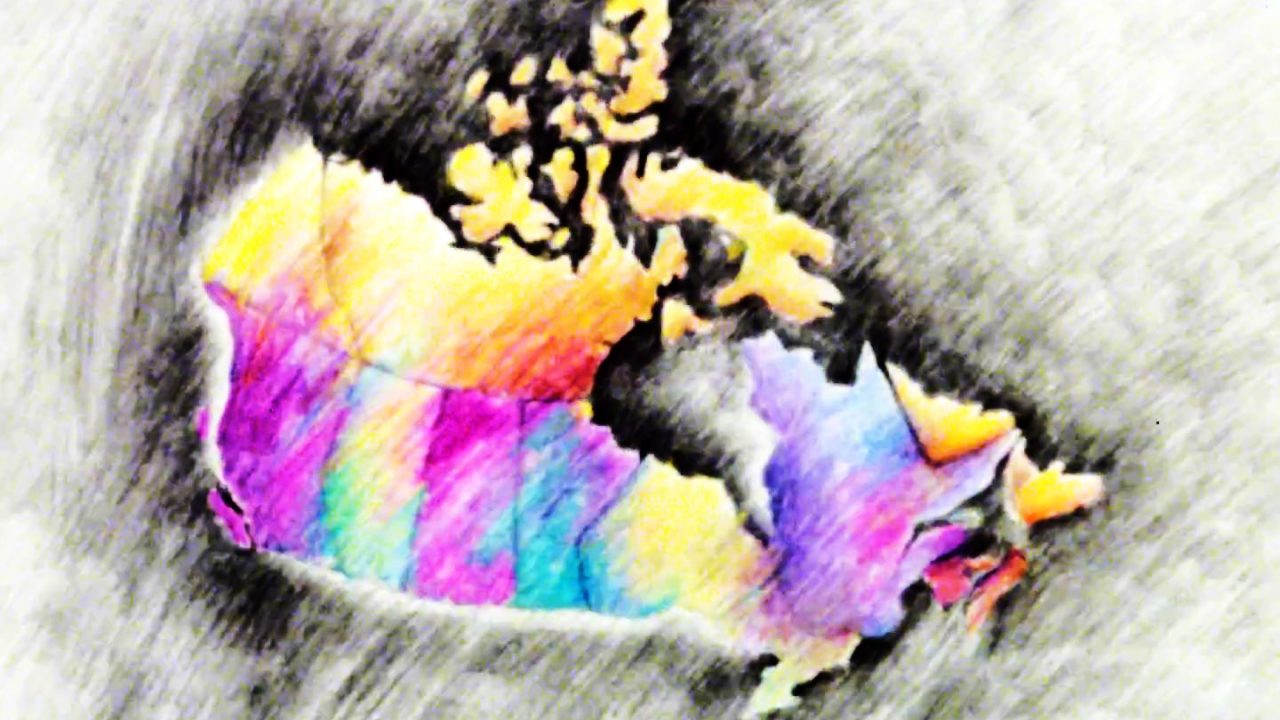
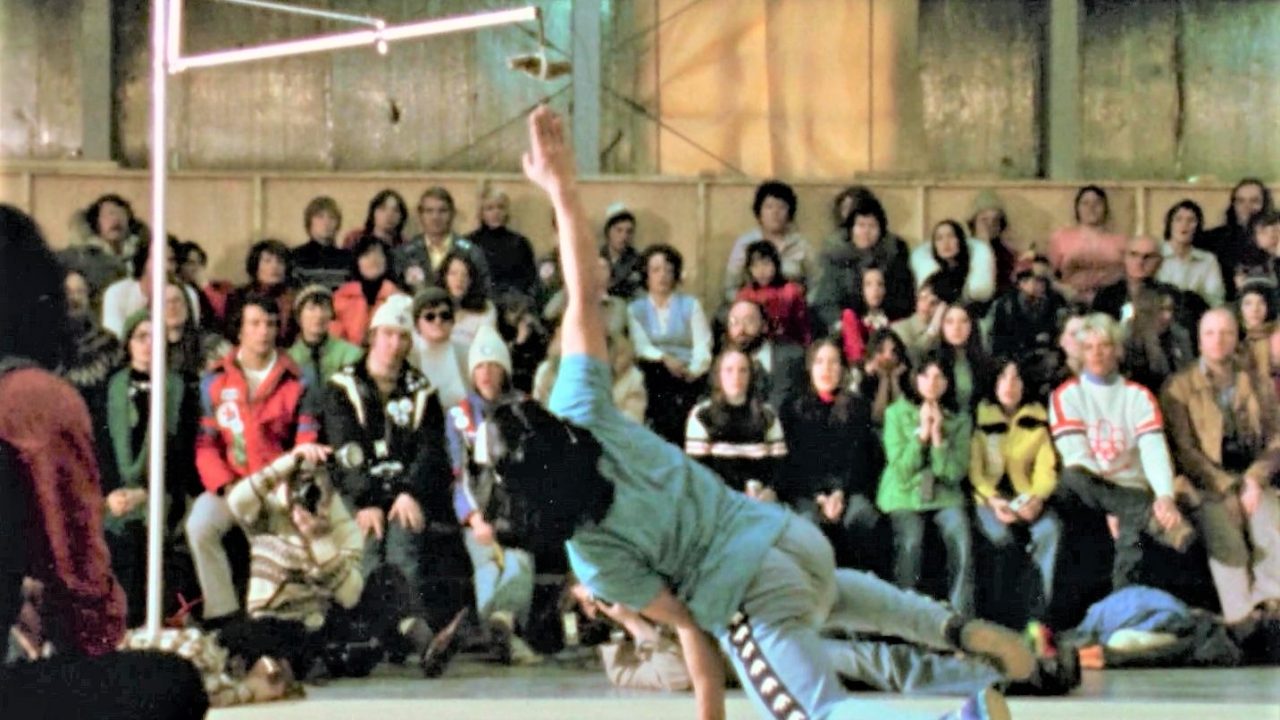
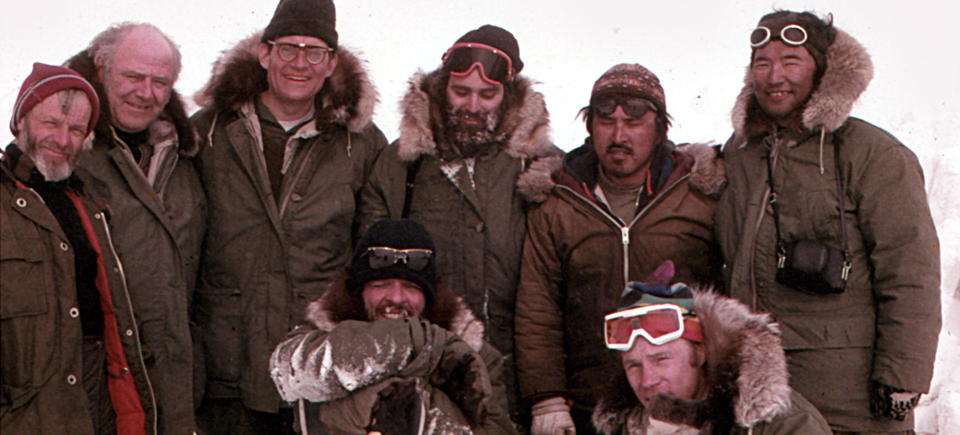
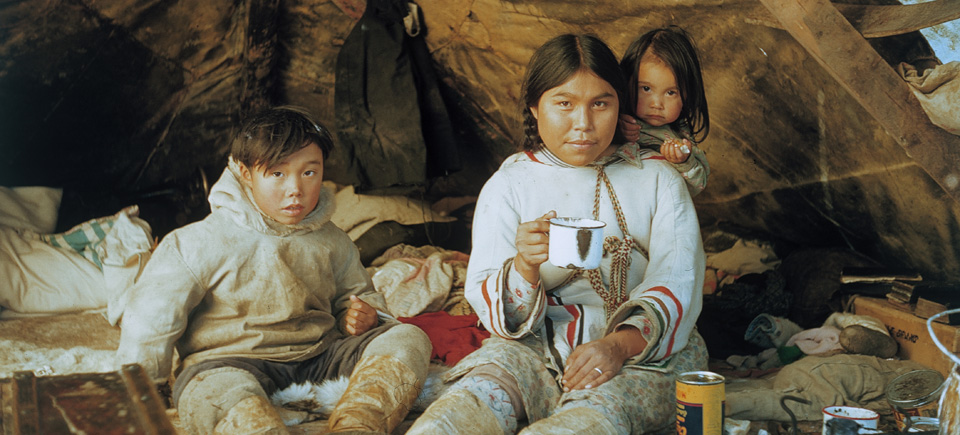
Does anyone one know a site where someone could find young filmmakers? A site like http://www.iCrewz.com possibly?
@Tia, Thanks for pointing that out. I made the correction.
Wow, just watched the video and read the interview below. Di I have no idea how you and the crew did this, but you must be so proud of your accomplishment. I loved the book but this video just made it seem so real. *”Ultreya” is my favourite saying from the Camino and you are the one person who embodies everything that word means. Way to go!!!
*Means moving forward with courage!!!
Thanks Carolyne . I should clarify though that although in the This Land I was the only one on the patrol filming, the final film is really a blend of cinematography shot by both Dave and myself. So I am not really a one woman film crew. And on my Everest project, I shot second camera, the DOP is Andrew Coppin. I am grateful to have worked with both of these very talented men.
Cheers
Thanks —great interview! Just so you know…..Di lives in Garden Bay, Pender Harbour (Pender Garden does not exist) and it’s located on the Sunshine Coast (mainland, not Vancouver Island…though you do need to take a ferry).